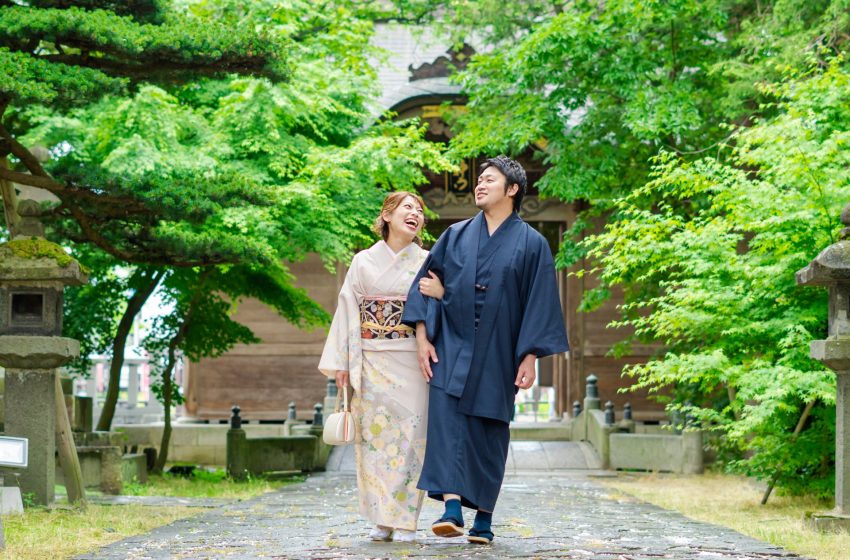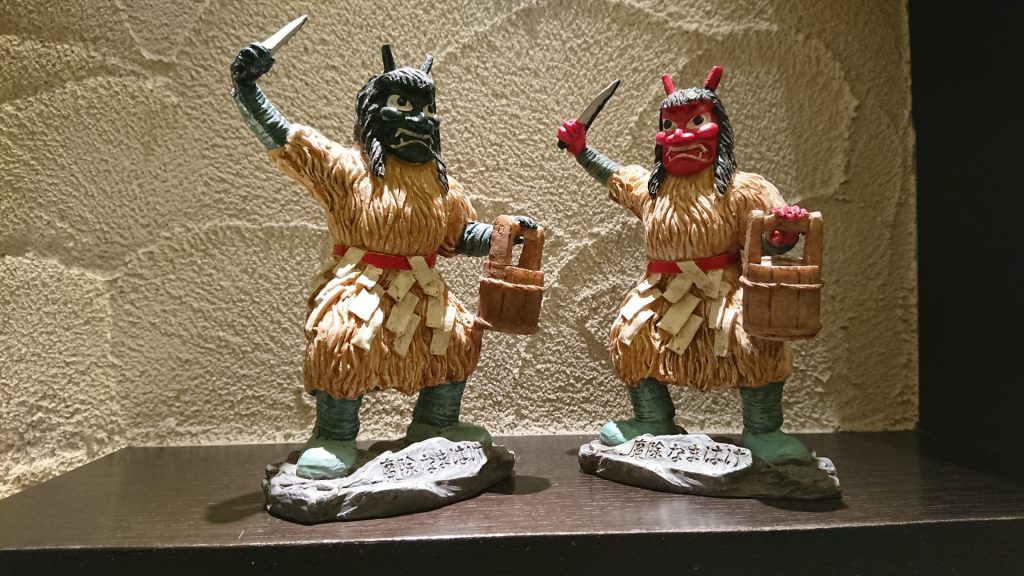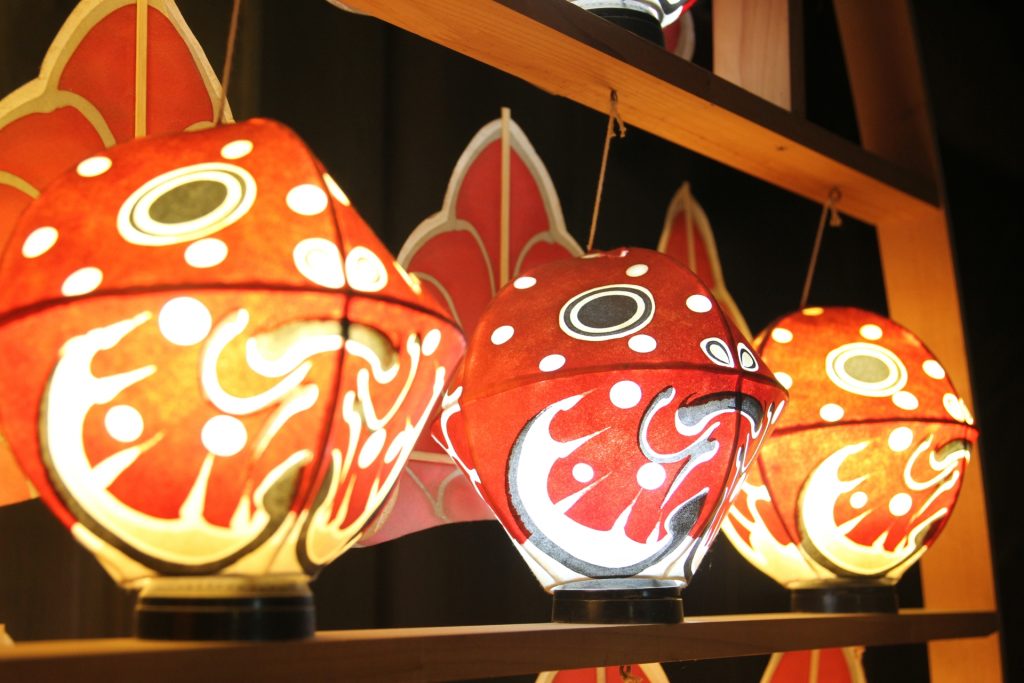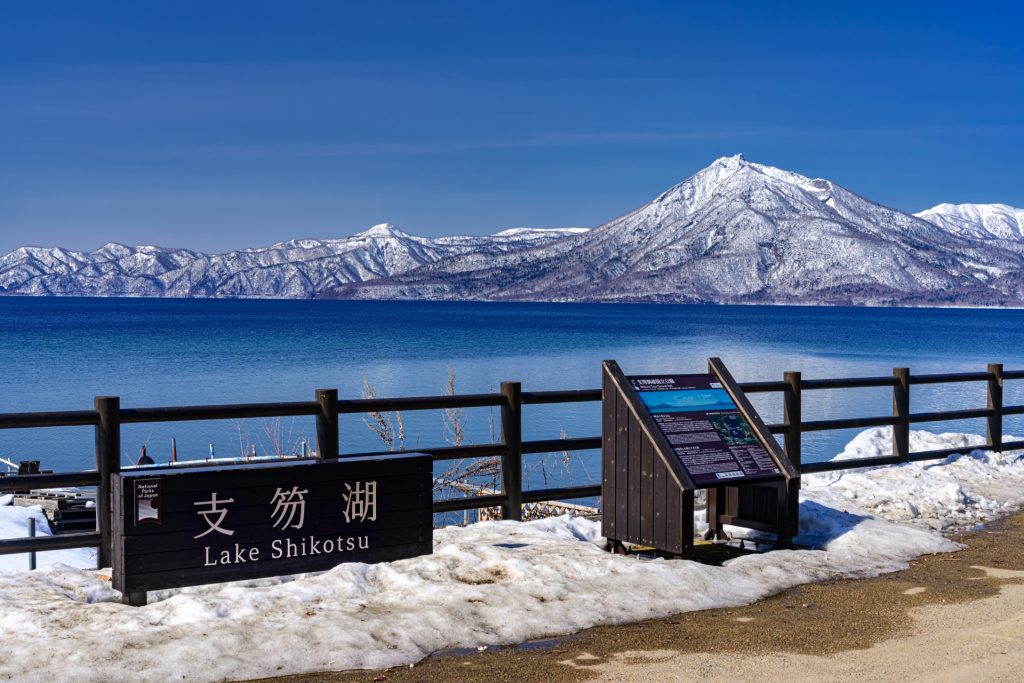
Kimono
Kimono: Japan’s Timeless Garment
When it comes to iconic symbols of Japanese culture, few garments hold the allure and elegance of the kimono. For foreigners visiting Japan, the chance to wear or simply admire this traditional attire can be a transformative experience. In this article, we delve into the captivating world of the kimono and its significance in Japanese culture.
Unraveling the Kimono
What is a Kimono? The word “kimono” means “thing to wear” in Japanese, and it’s a broad term used to describe traditional Japanese clothing. Kimonos are known for their straight seams, T-shaped silhouette, and the use of luxurious fabrics. While they are most commonly associated with formal occasions, modern adaptations cater to various situations.
Types of Kimonos:
- Furisode: These are the most formal kimonos for young, unmarried women, characterized by their long, swinging sleeves.
- Yukata: Lightweight and casual, yukata are commonly worn to summer festivals and ryokans (traditional Japanese inns).
- Tomosode: Reserved for married women, these feature shorter sleeves and exquisite patterns.
- Montsuki: Worn by men, montsuki kimonos are plain black with family crests and are often paired with hakama trousers.
- Kurotomesode: These black kimonos with colored patterns are worn by married or engaged women for formal occasions.
The Artistry of Kimono Design
Patterns and Symbols: Kimonos are adorned with a rich tapestry of designs, each carrying its own symbolism. For instance, cherry blossoms signify renewal, while cranes represent longevity. The colors and patterns chosen can convey everything from joy to mourning.
Obi: The Kimono’s Belt: An essential component of the kimono ensemble, the obi is a wide sash that cinches the garment at the waist. Obis come in various styles and can be tied in intricate knots, further enhancing the kimono’s beauty.
Wearing a Kimono
Kimono Dressing: Dressing in a kimono is a meticulous art. Many opt for professional kimono dressers, but adventurous visitors can try it themselves at special studios or even their accommodations. The process involves layers of undergarments, the kimono itself, and the obi.
Footwear: Traditional geta or zori sandals are often worn with kimonos. The choice depends on the formality of the occasion.
Kimono Across Japan
Festivals: Visiting Japan during a festival offers a perfect opportunity to see locals adorned in kimonos. Kyoto’s Gion Matsuri and Tokyo’s Sanja Matsuri are renowned for their kimono-clad participants.
Ryokans: Staying at a ryokan provides the chance to experience both traditional Japanese hospitality and the joy of donning a yukata.
Tea Ceremonies: The art of tea is closely linked to kimono culture. Witnessing or participating in a tea ceremony while wearing a kimono is a unique experience.
Renting vs. Buying
While purchasing a kimono can be a considerable investment, renting is a popular and practical choice for tourists. Many shops in major cities offer rental services, complete with dressing assistance. This way, you can enjoy the kimono experience without the commitment.
Conclusion
A kimono isn’t merely a piece of clothing; it’s a piece of Japan’s rich cultural tapestry. Whether you choose to wear one at a special event or simply admire the stunning craftsmanship, the kimono promises an unforgettable connection to Japan’s traditions and aesthetics. So, while exploring the Land of the Rising Sun, consider adding the timeless allure of the kimono to your itinerary, and let its elegance envelop you in Japan’s storied history.




